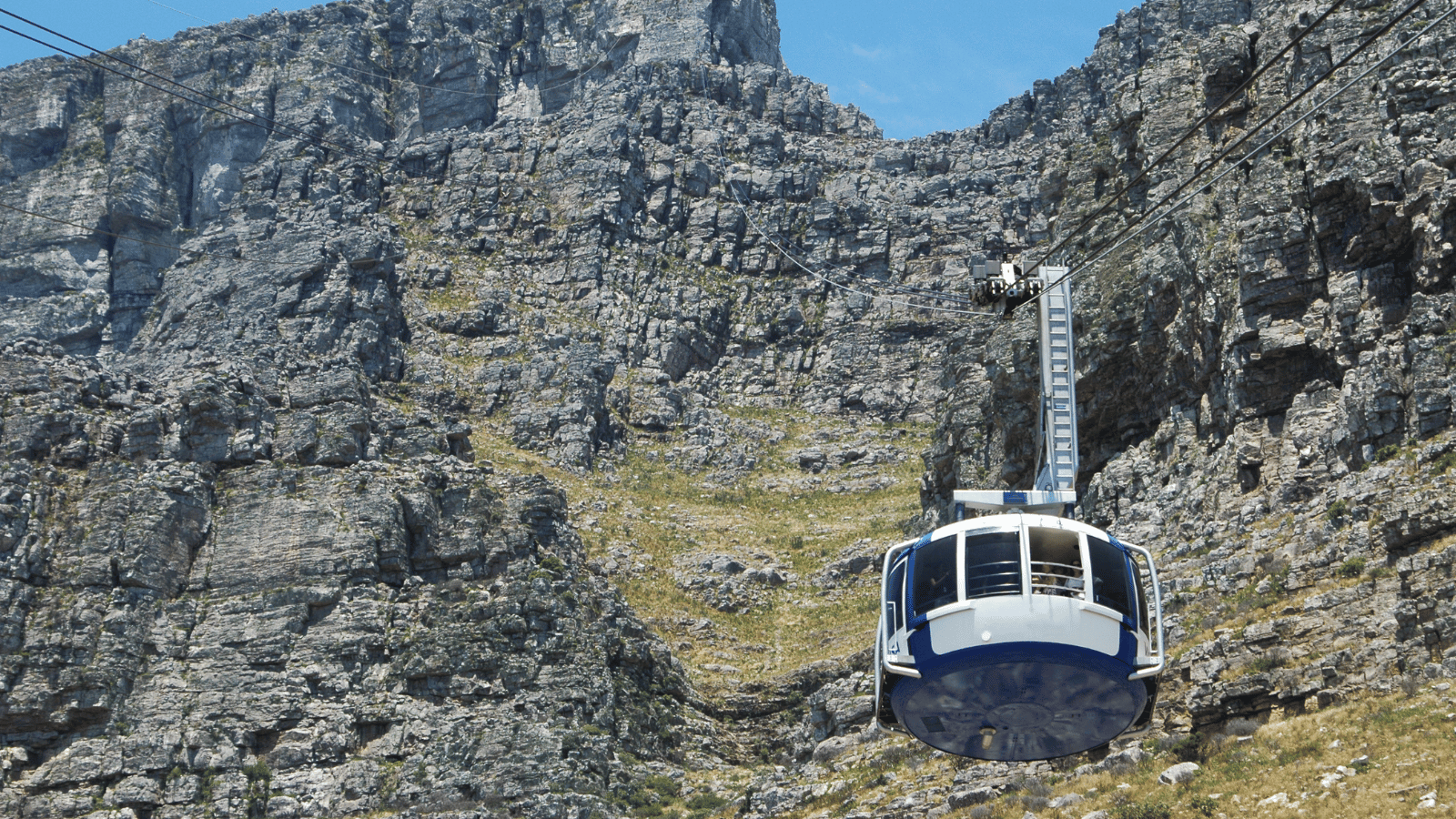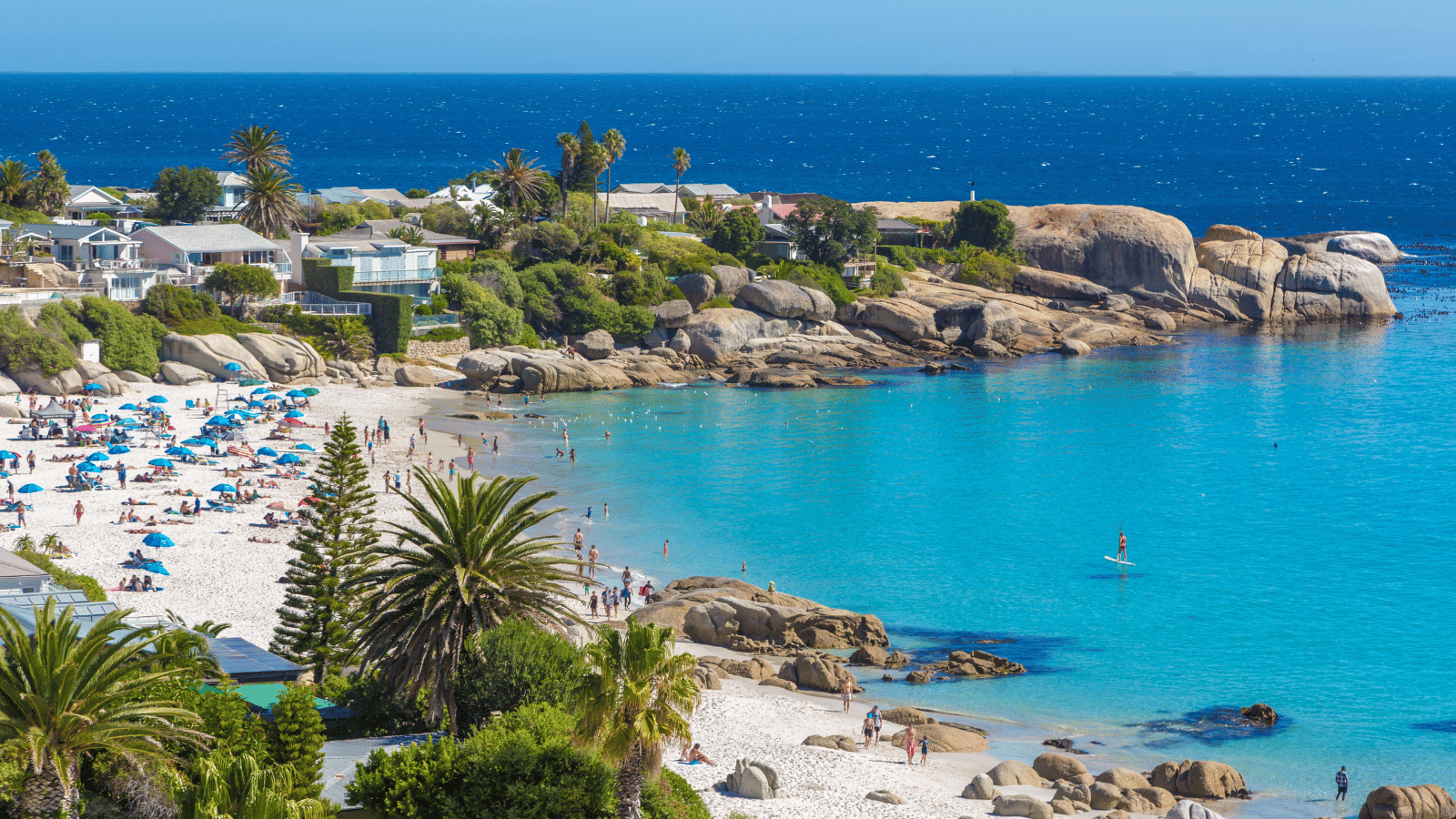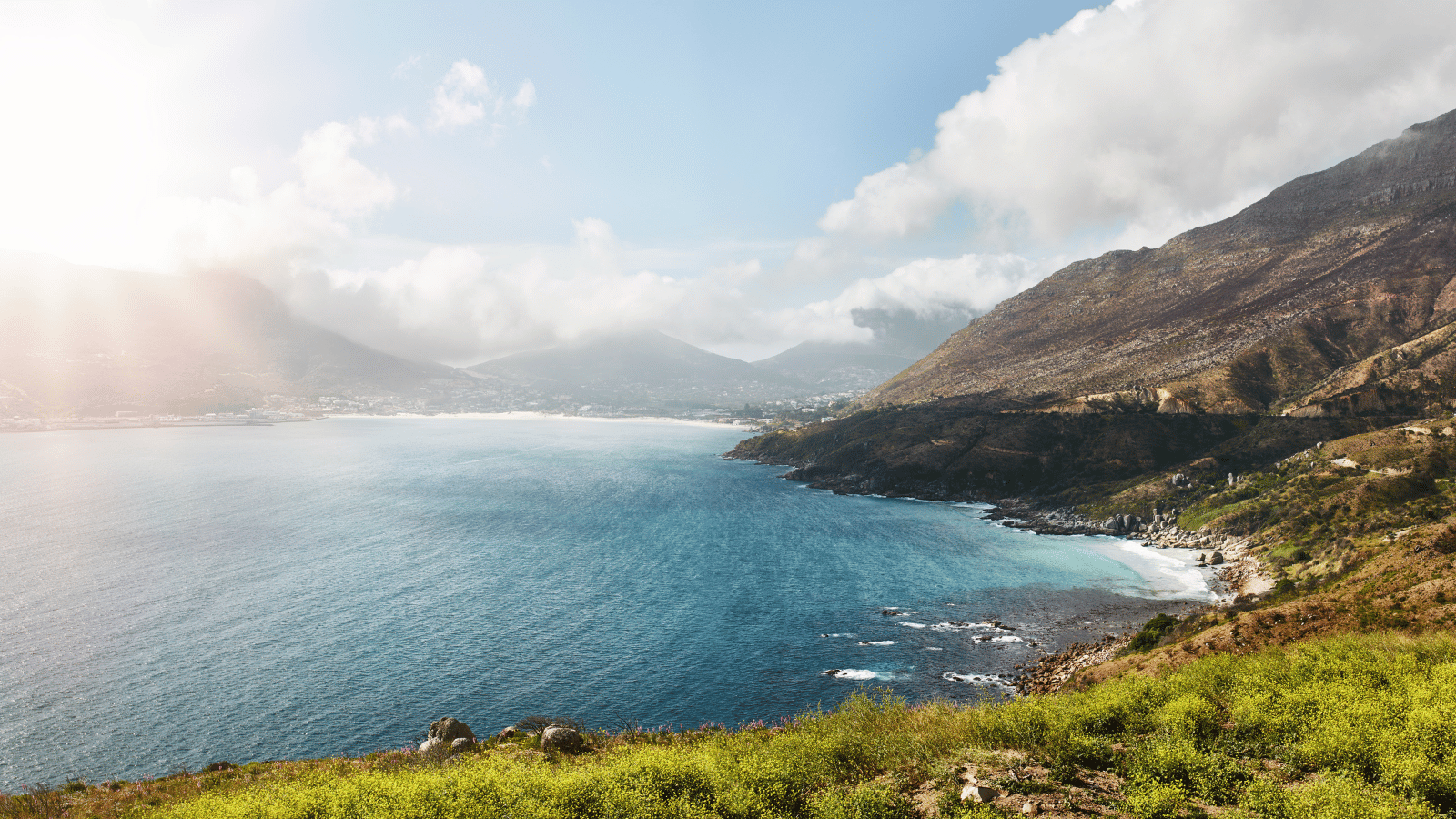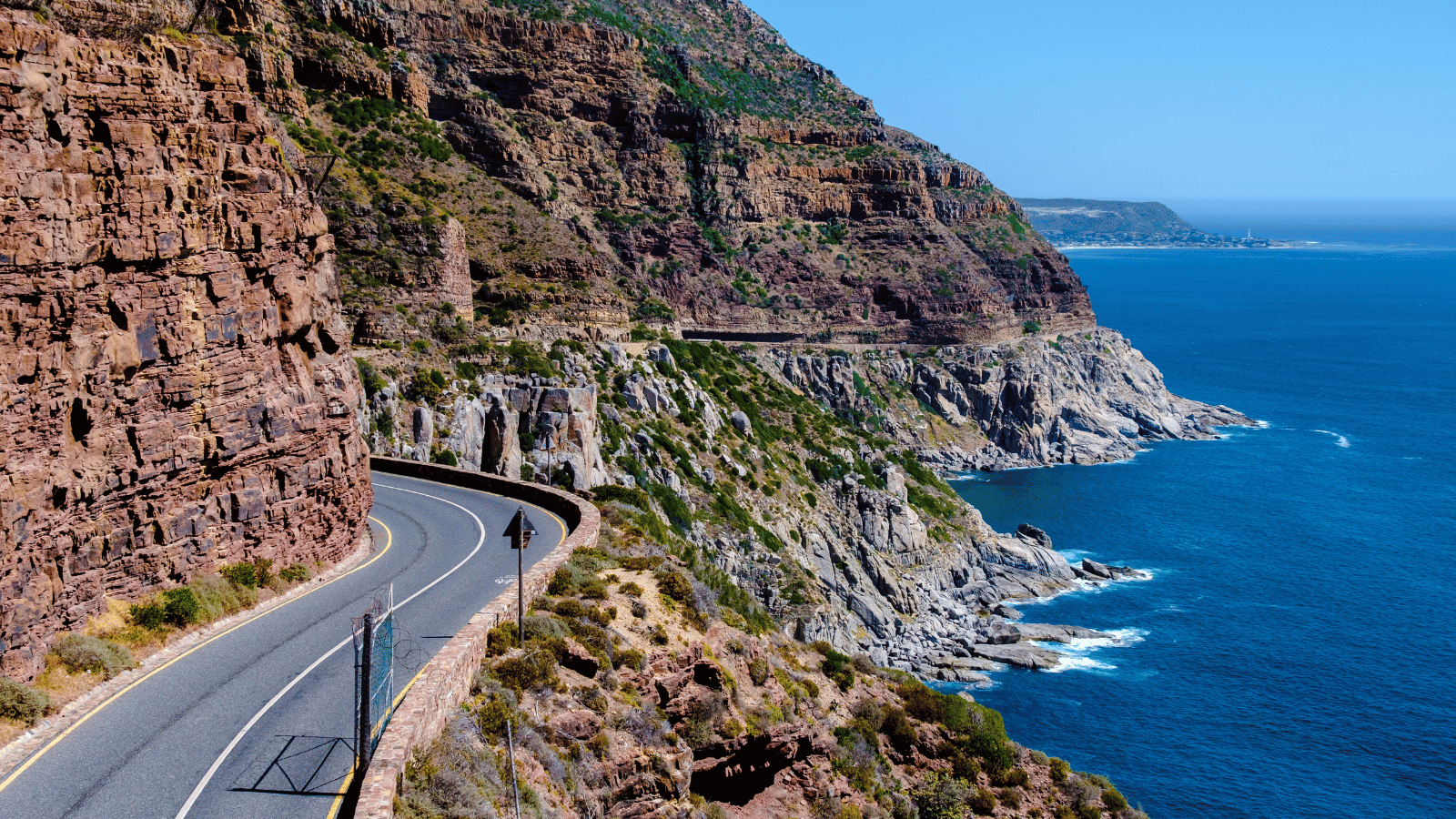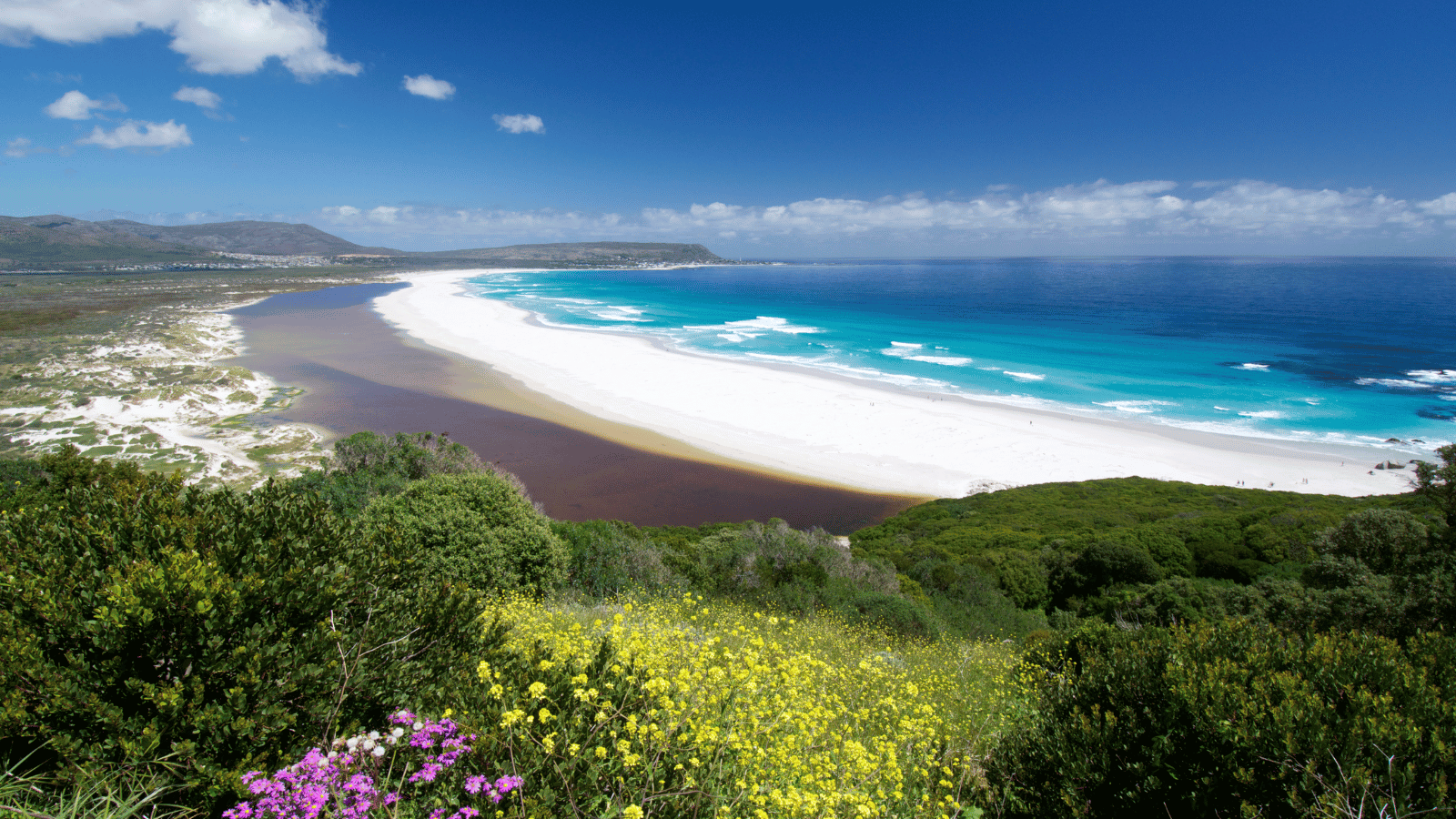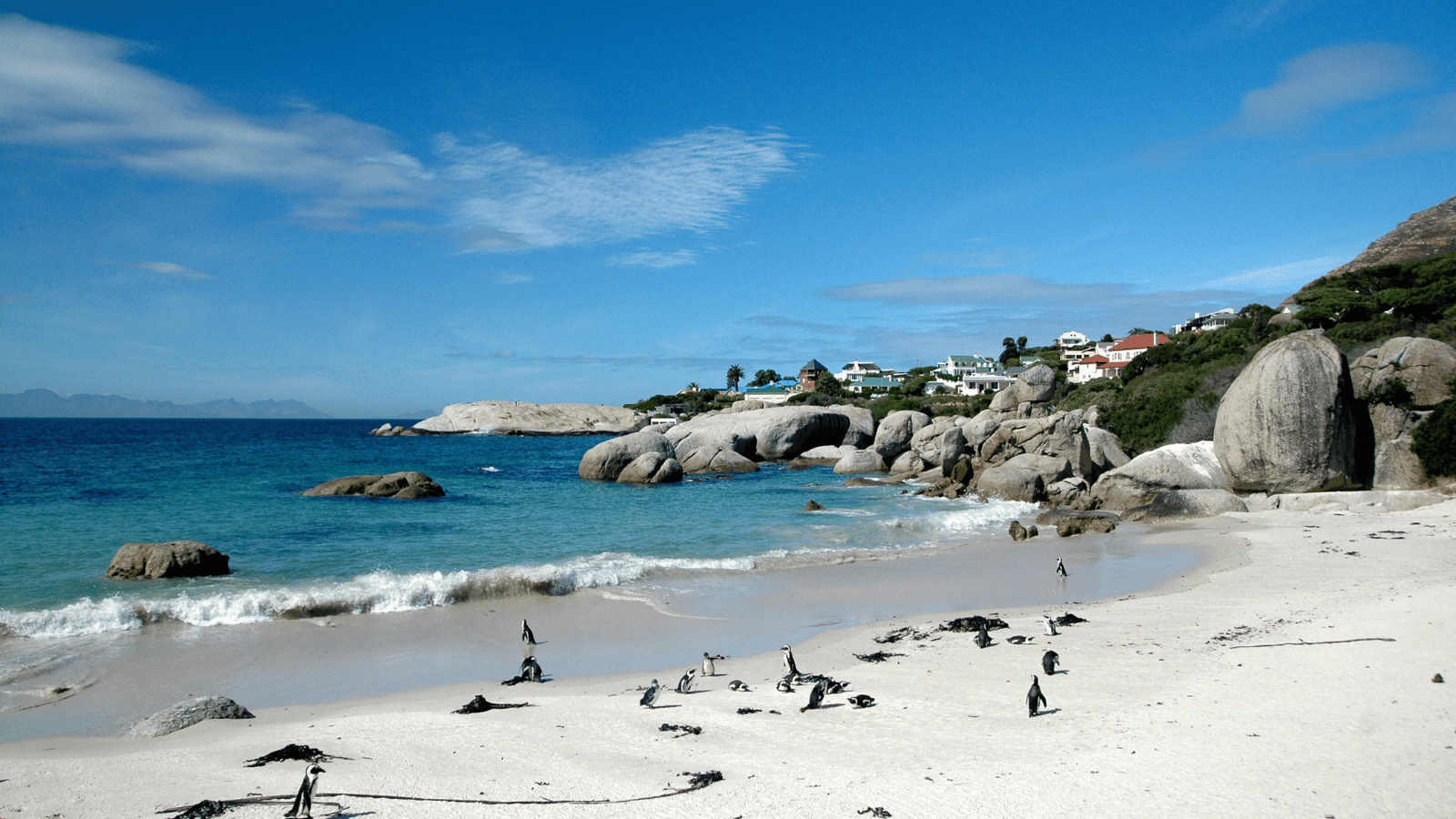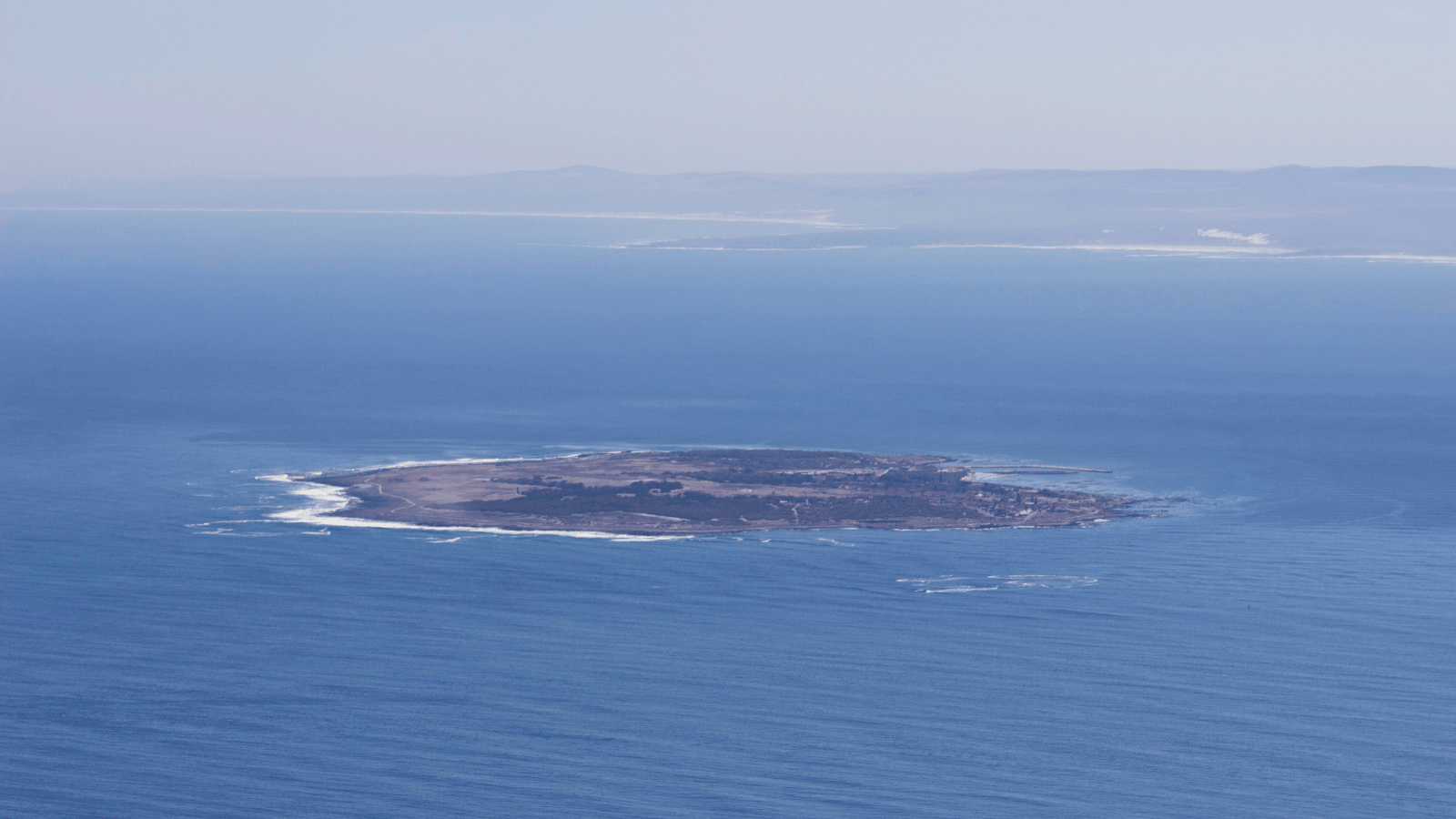After I wrote a short travel piece on what essential things to do and see in Cape Town, a lot of people asked me: what about the penguins? What about Table Mountain? And, what else can you do, especially with a kid?
Let’s start in town.
Table Mountain | You can’t miss it
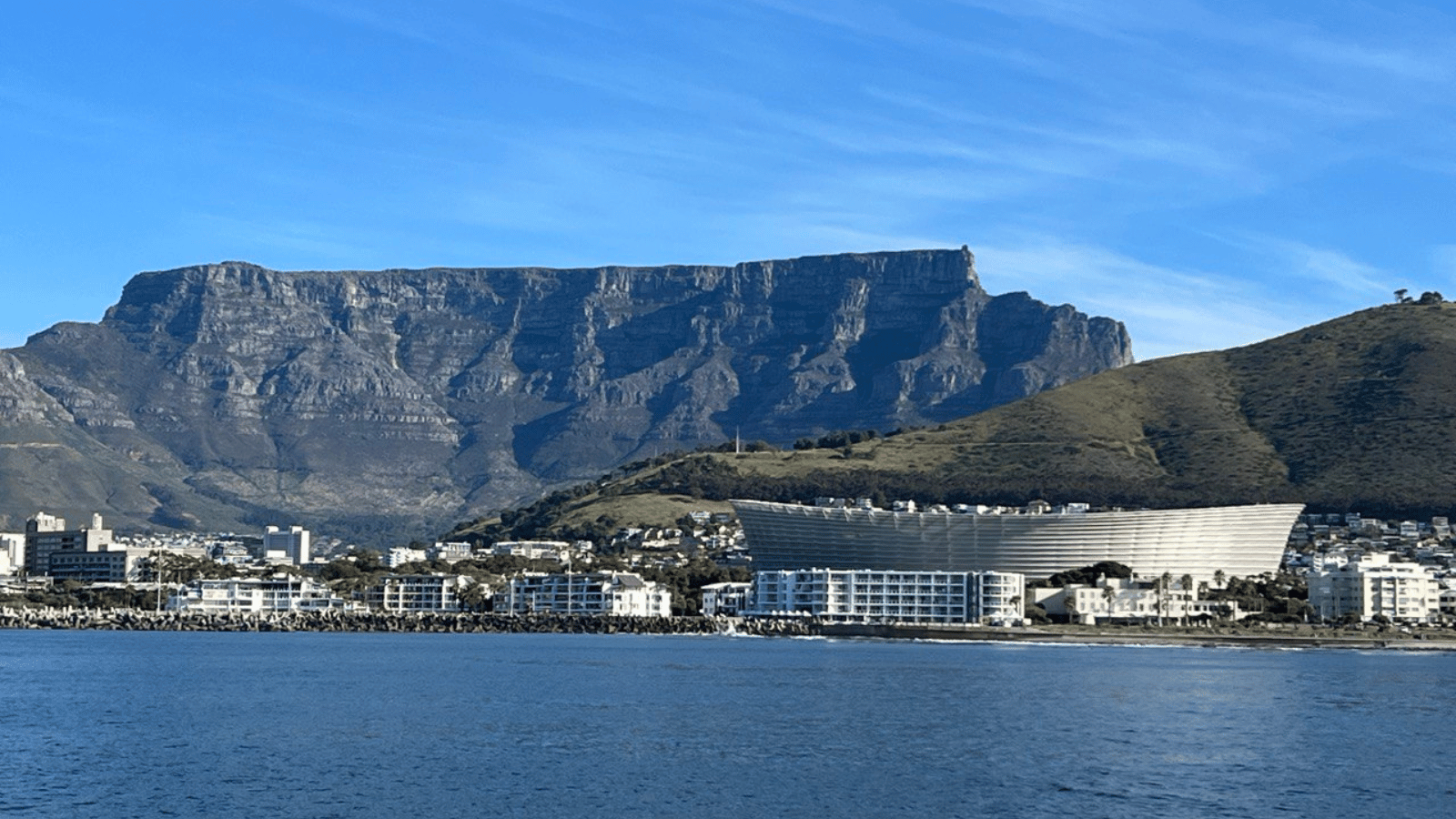
Cape Town’s standout natural highlight is shaped, you guessed it, like a table. When it is drenched in a low-forming cloud, which drips over the edges, that is called the tablecloth. It is beautiful. Use your phone’s wide-angle setting for a picture.
The mountain creates a natural amphitheatre for the city, and the views get better as you go higher up the slopes.
The entire area around it is a nature reserve, and you can walk and drive around a lot of it. Be warned: the local knife-wielding tsotsis (gangsters) don’t care what a mugging will do to South Africa’s international reputation or about tourist sentiment. I wouldn’t go walking in the reserve or try climbing the mountain – which is still a great thing to do, I am reliably told.
I’ve often driven people along Tafelberg Road (which is Afrikaans for Table Mountain) and passed the cableway base station to see the view of Cape Town further along the mountain.
Table Mountain Aerial Cableway | 5821 Tafelberg Rd, Table Mountain, 8001
To get up to the top of Table Mountain, there is a cable car, which is a delight in itself. The views of the city bowl and the harbour are glorious. It runs from 8AM to 6:30PM and you should buy tickets online before you go – which can generally only be judged the day before, the locals tell me. The views truly are impressive, but don’t stand too close to the edge when taking selfies, okay?
Lion’s Head Hiking Trail | Signal Hill Rd, Signal Hill, 8001

A popular, and safer, hiking route is to climb Lion’s Head, Cape Town’s other well-known, non-furniture-resembling mountain. You can drive to the start of the hiking trail and mostly walk up there in an hour. The view is spectacular. There’s always someone selling ice-creams from a cooler box.
Other non-practising fitness fanatics like me, can still get a great view by driving around the next big-name mountain, Signal Hill. It’s named for the noonday gun, which sits on top and is fired, you guessed it, at noon every day.
The car park has a coffee truck and, often, a vendor selling a must-have South Africana, a soft-serve ice cream. A flake is definitely necessary. If the seller is driving a still-going 1970s Volkswagen bus, then the experience will be complete.
The view is glorious, looking down on the oval of the 2010 FIFA World Cup folly that is the Cape Town Stadium, with Robben Island in the bay.
There is one of those giant yellow picture frames if you want yourself seen inside them, and a couple of paragliding outfits, that will fly you, in tandem, off the edge right there.
Camps Bay
After a morning of sightseeing, pop down to Camps Bay for lunch and walk on the beach. Any of the seafood restaurants will be fine, as will any of the bars serving beer, cocktails and bubbly all day. It’s a good place to go for a sundowner in town too.
The drive down Camps Bay Drive from the mountains is spectacular. There are a few benches on that road and near Signal Hill that I always stop at and do my email when I am in Cape Town on business. I’m still mostly staring at my screen, but in between messages, I look up at the splendour on offer. Call me old-fashioned.
Hout Bay | Hout Bay, 7806
If you keep driving along the sea road, you will get to another charming community called Hout Bay. It was once a small fishing community (like most small Cape Town towns, it has a harbour) and has retained that villagey feel despite being as developed (and mainstream) as any part of Cape Town now. During the dark days of Apartheid, the liberal hippies who tended to live there in the 1980s made their own faux passport emblazoned with “Republic of Hout Bay”. Mzansi’s full name is the Republic of South Africa, hence the joke.
There was a famous story of a guy who travelled the world using it, when South Africa’s green passport (still called a green mamba, after the poisonous snake) was banned by most countries. I wish I could track him down. Inbox me if you know anything, please.
You can have lunch just about anywhere in Hout Bay and get good seafood. I have eaten at Mariner’s Wharf Harbour Front Emporium a few times, mainly because the views are spectacular.
Chapman’s Peak
Arguably Cape Town’s most beautiful drive is out towards Chapman’s Peak. The similarly named Chapman’s Peak Drive is free to the edge of the viewpoint, where you can park and take pictures of the glorious vista. The views back to Hout Bay and of another scenically well-placed mountain are fantastic. As many selfies have been taken here as on Table Mountain.
If you are planning to see the penguins, then carry on over, and drive through the remarkable feat of engineering that produced a cantilevered overhang. I always loved this as a kid.
The second-best drive, by the way, is the return journey – via Boyes Drive above Kalk Bay (below).
Noordhoek Beach | Noordhoek, Cape Town, 7979
The first beach you will see is Noordhoek Beach, a long strip of whiteish sand ideal for a long, usually windy walk. I honestly can’t tell you anything else about the area, because all I have ever done is walk on the beach – where you’ll often see horses doing the same.
Go home now, do not pass penguins
At this point, if you don’t want to go see the penguins, you can either go down to Cape Point or turn left just before Sun Valley and go home via Ou Kaapse Weg (Old Cape Road), which winds through the beautiful, thick fynbos of the Silver Mine nature reserve.
Cape Point Nature Reserve | Cape Peninsula, Simon’s Town, 7995
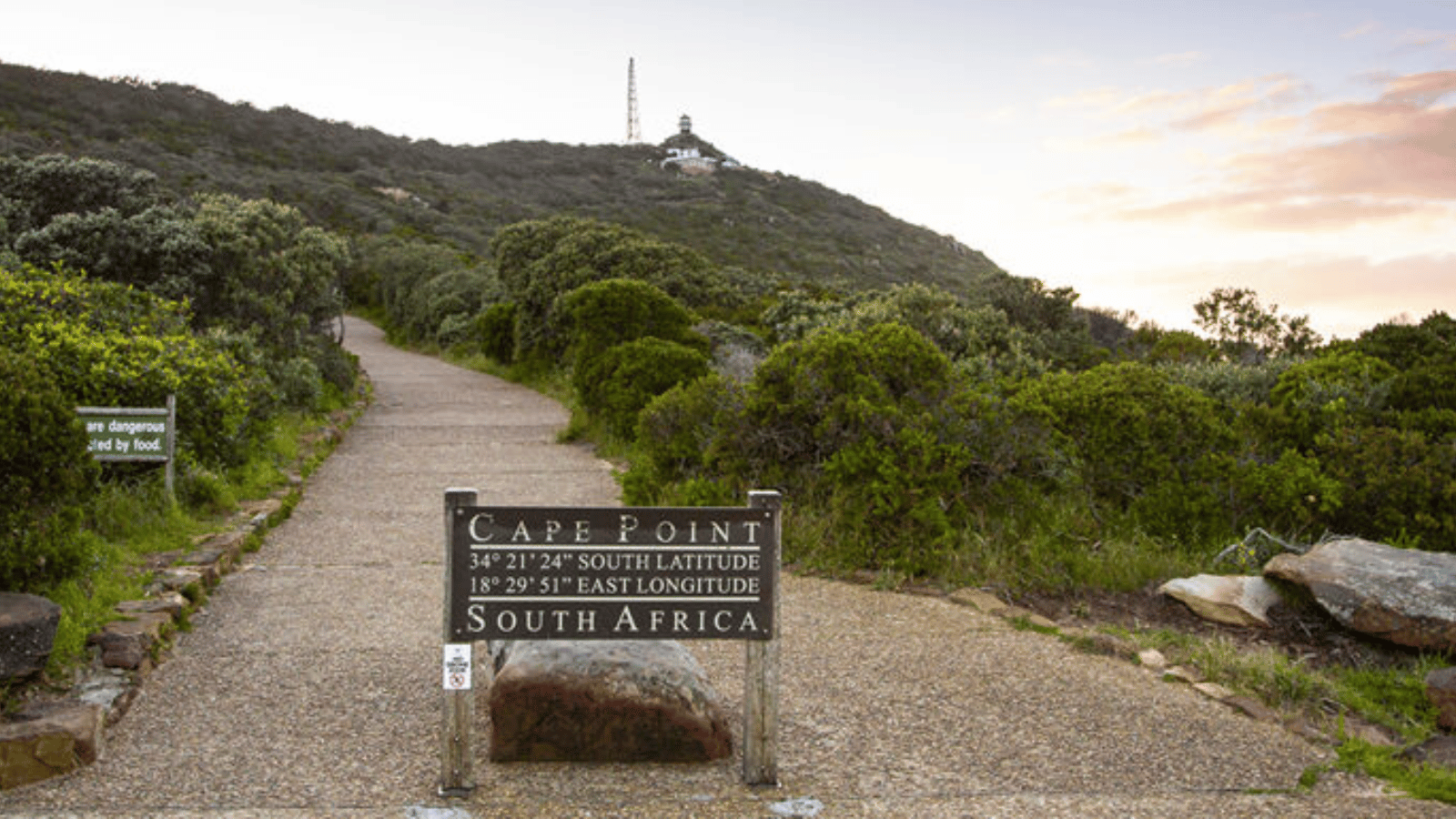
If you have ever wanted to go to the bottom point of Africa – and/or tell people that you have – then keep going south from Noordhoek. Noordhoek Main Road actually turns into Ou Kaapse Weg. Turn left at the big robot intersection in Sun Valley onto Kommetjie Road (M65) and through the charming seaside village of Kommetjie.
As you leave, the road name changes to Main Road, then morphs into Red Hill Road and then right onto Plateau Road. After about 25 minutes since Kommetjie you’ll turn right onto the accurately, but cheesily named, Cape of Good Hope Drive and the Cape Point National Park Toll Gate. Follow the road to the end of the world – or as close as the tourism authorities allow you to go, anyway.
The Flying Dutchman funicular had not been built when I was there as a kid. It takes you up to an old lighthouse, and the appropriately named Two Oceans Restaurant – also the name of a major road race. There is another food stop selling sandwiches, pizza, salads, beer and biltong, if you want to picnic, er, on the outside tables. Okay, in amongst the wilds of Africa.
You can obviously get a flat white, chai latte and Café mocha at the end of the world these days. There are cottages available if you want to spend the night at Africa’s southernmost tip.
Okay, at last, we get to the penguins.
Boulders Beach | Simon’s Town, Cape Town, 7995
The African Penguin colony living on Boulders Beach are a must-see attraction, especially if you are travelling with children. Once called the Jackass penguins because of their donkey-like braying, they waddle around on land and dive majestically off the rocks. It is quite rare to see a penguin up close (if you don’t live in Antarctica) and they are as quirky and unique as they seem in nature documentaries. There are about 2,000 of these endangered birds and it is rare for penguins to make their homes near large cities. This really isn’t something you can do every day. There is no cost involved, but please don’t feed them, or the dassies.
The other must-see residents, albeit not as famous, are those dassies – which are 4-5 kilogram rabbit-like rodents that are officially named rock hyrax. These mostly plant-eaters live in the rocks and emerge for scraps from tourists with adorable waddles and abundant cuteness. They are kind of like beach Ewoks, who live in rocks on a beach, instead of trees on a small forest moon.
While you are there, go for lunch in nearby Kalk Bay.
Olympia Café | 134 Main Rd, Kalk Bay, 7975
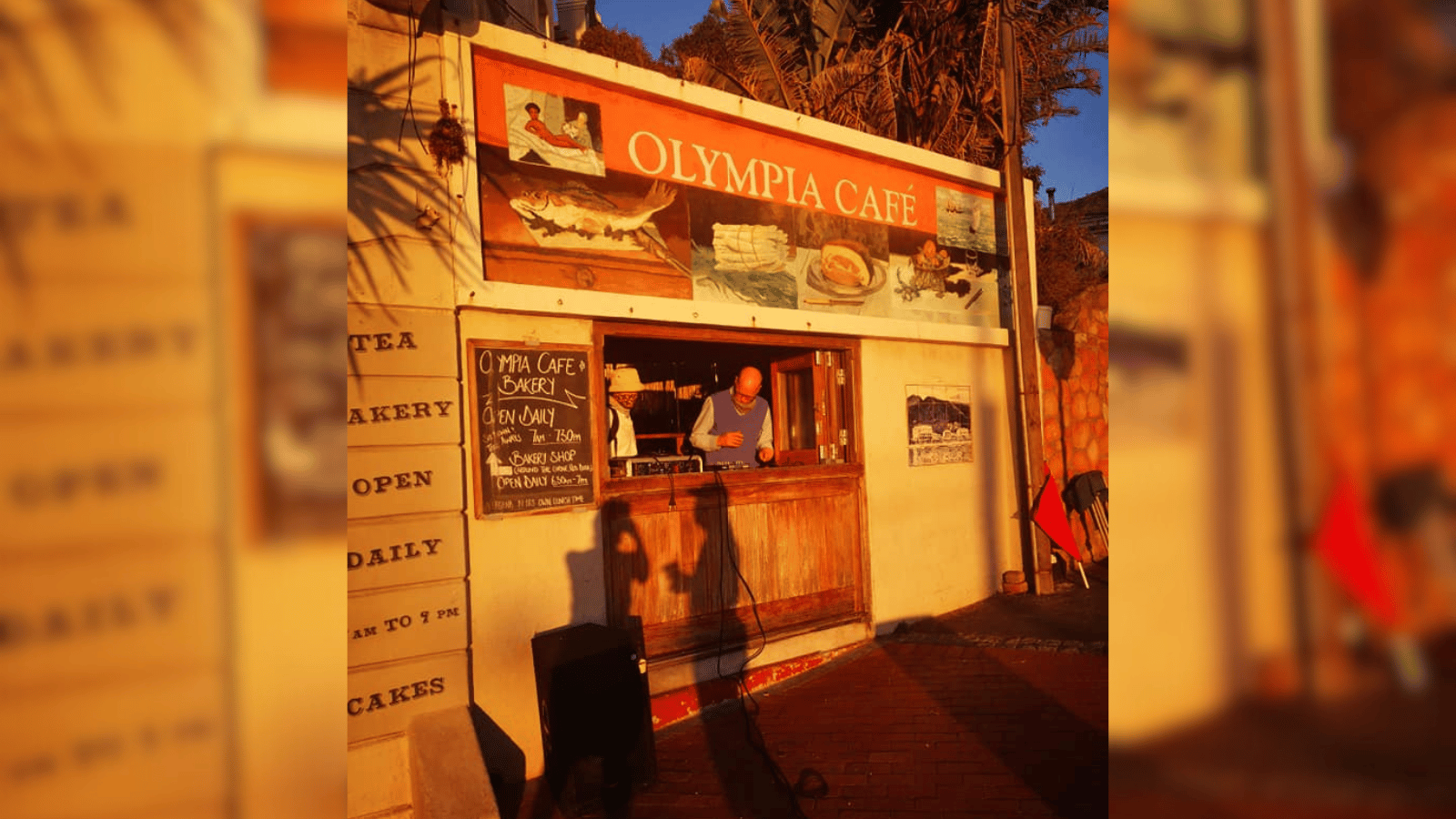
The Olympia is an institution in Kalk Bay, where hippies and then the rest of us have been going for decades. It’s a great breakfast or brunch spot too.
Harbour House | Harbour, Main Rd, Kalk Bay, 7975
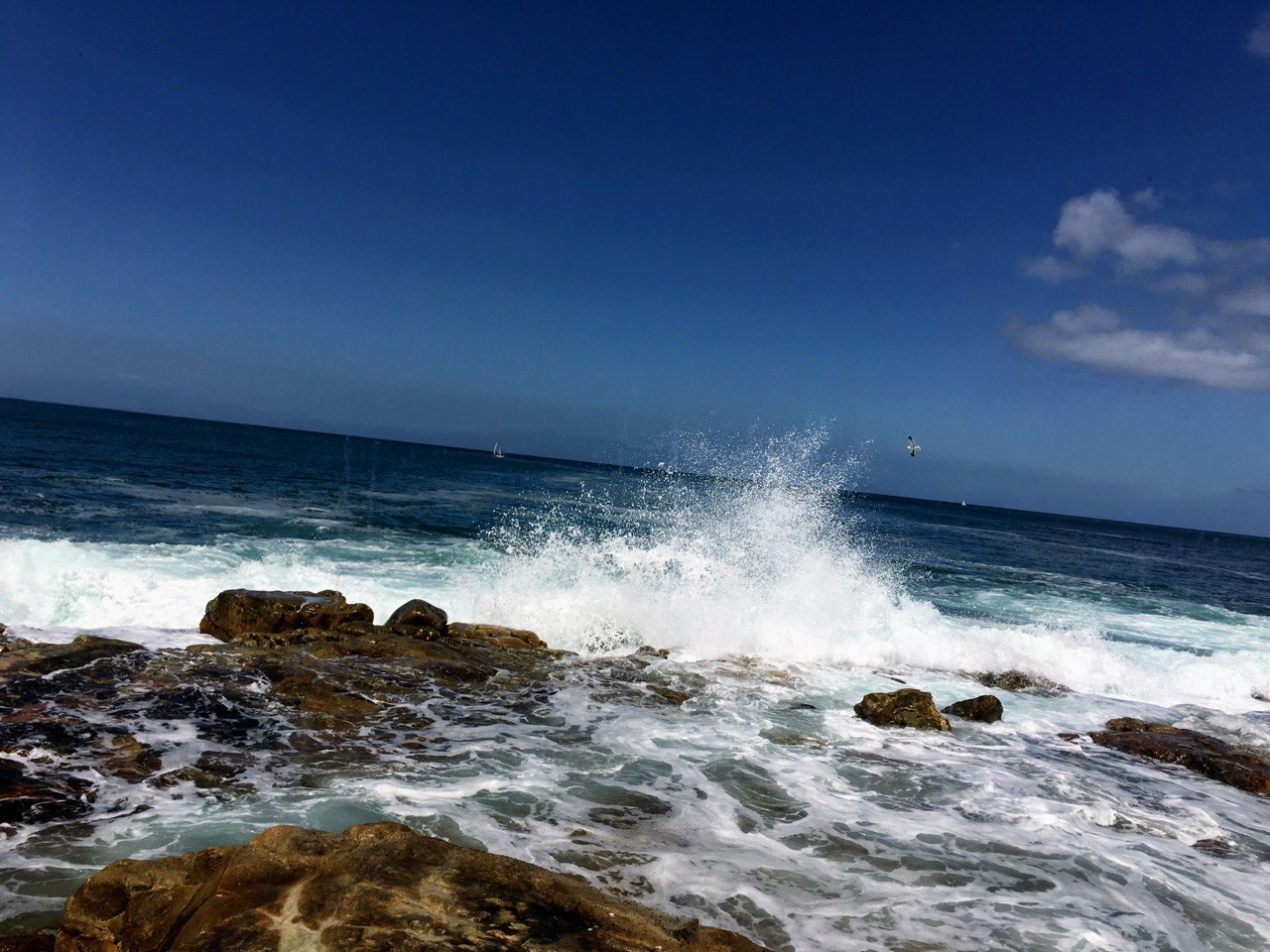
For lunch, Harbour House is as legendary. Perched on the rocks next to Kalk Bay’s small concrete harbour, it has views of the sea, and the sea splashing onto the rocks below. The food is as good as the view. Downstairs is an excellent bar with the same views, only lower. There is a seal that hangs out in the harbour and seems to know how to pose for the camera, which it has been doing for much longer than Instagram.
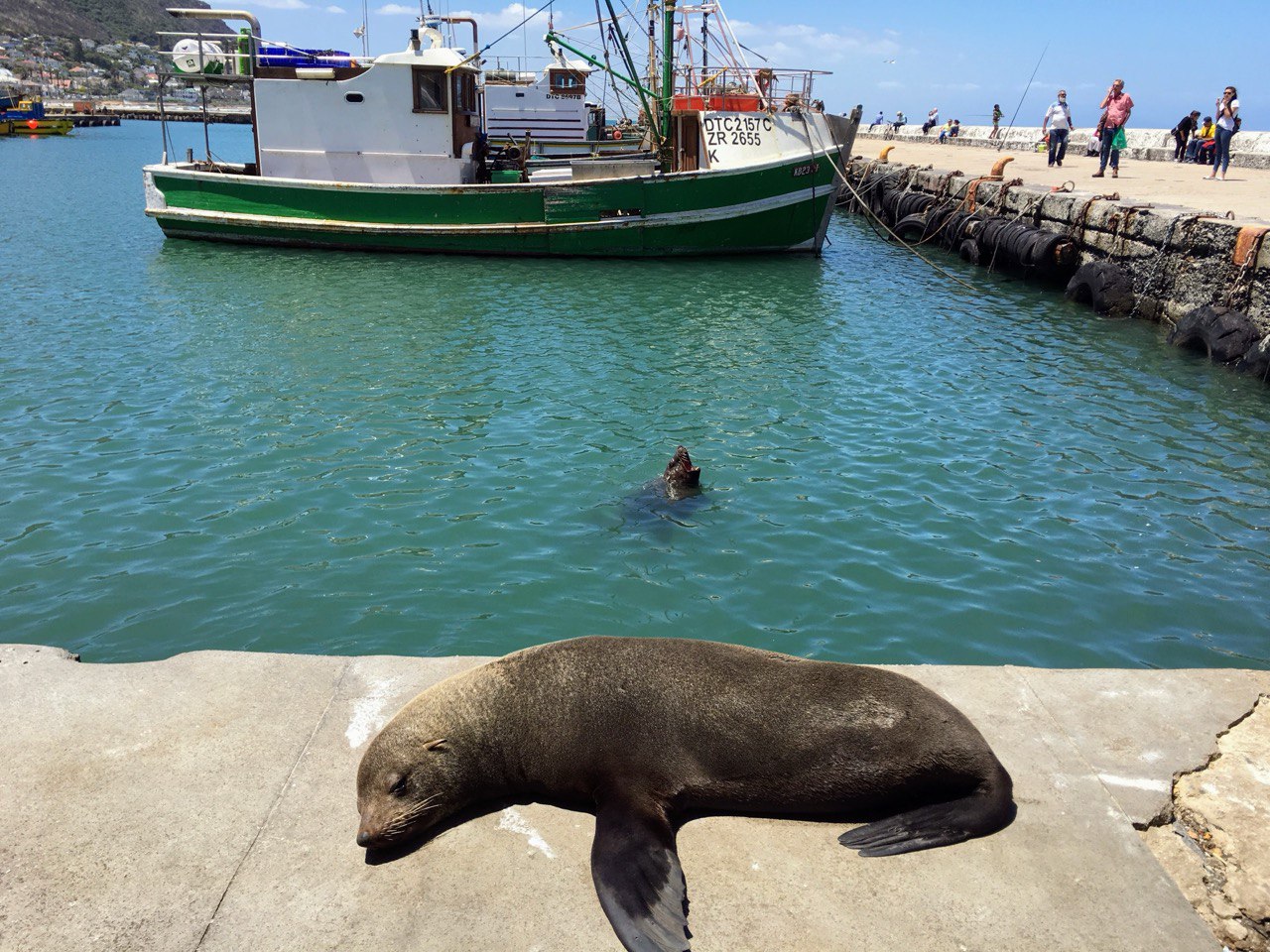
Brass Bell | Main Rd, Kalk Bay, 7990
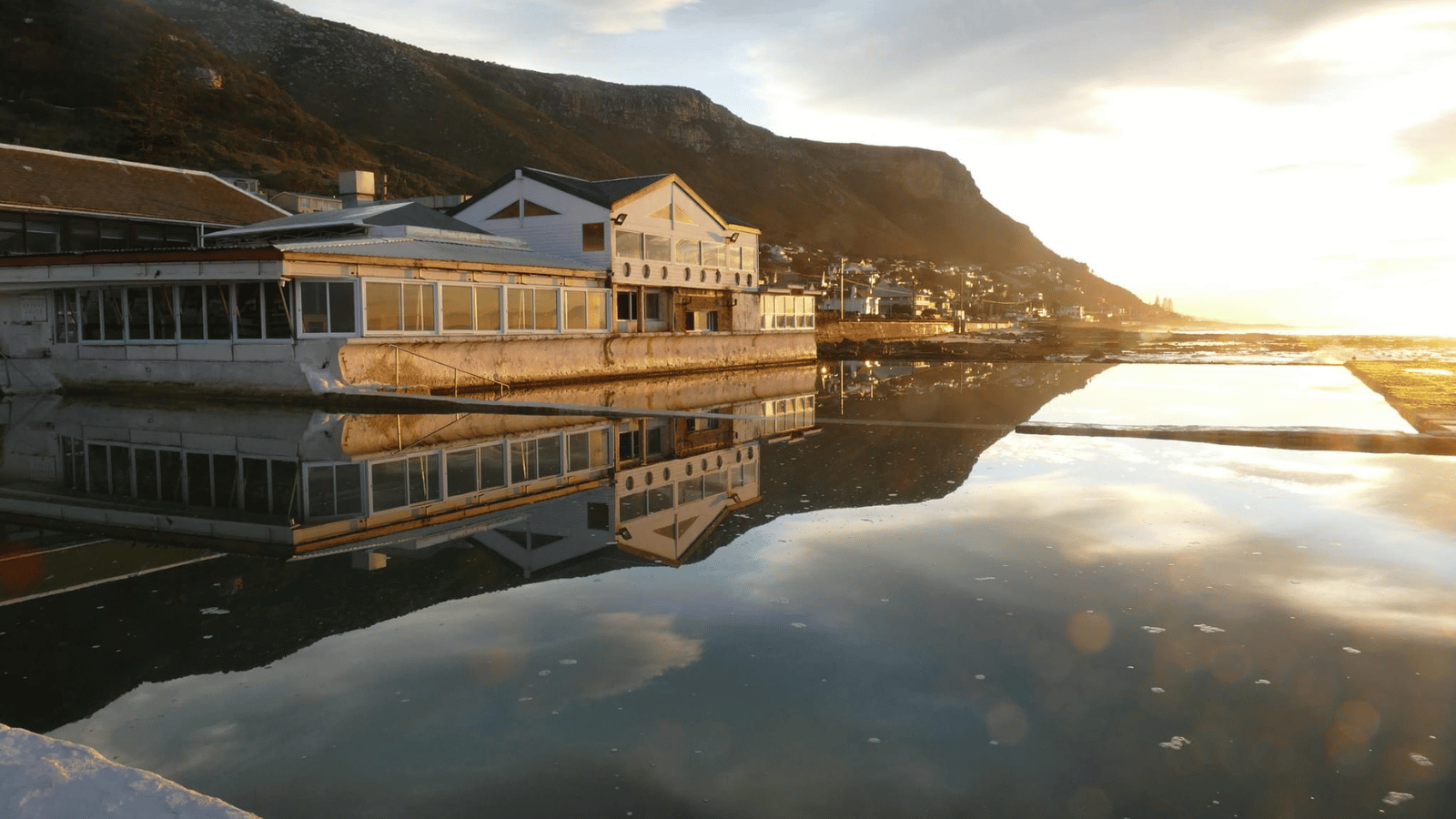
The Brass Bell is a renowned bar that has a great view for a sundowner, or an afternoon of lazy drinking. It is also on the rocks, as well as serving things on them, and has a good selection of drinks.
If you want to repeat the scenic route, return the way you came. But if you want to head straight back to Cape Town, then you can experience the coast’s second-most beautiful drive. From Kalk Bay, you drive up winding roads to Boyes Drive, which gives a glorious view of the seaside below. The road hugs the mountain, with the Silver Mine nature reserve on your left.
This drive is on a par with taking winding Ou Kaapse Weg (Old Cape Road) after Noordhoek, if you wanted to return after Chapman’s Peak Drive. This original pass over this mountain neck dates back to the early days of the country, I’m told, and the Cape Fynbos – which is part of the sprawling Silver Mine nature reserve – is beautiful.
Both roads come out at the same on-ramp to the M3 highway which takes you back to Cape Town.
Things to do in Cape Town
Robben Island Museum | Robben Island, Cape Town, 7400
If the ferry is running, it’s well worth a trip to see Robben Island, where Nelson Mandela famously spent most of his 27 years in jail. After Alcatraz, it’s arguably the second most famous island prison (Napoleon’s St Helena also had one famous prisoner) and achieved notoriety during Apartheid. Seeing the bleak, almost medieval, harshness of how the prisoners lived, but still maintained their humanity and the struggle is amazing.
Two Oceans Aquarium | Dock Rd, Victoria & Alfred Waterfront, 8002
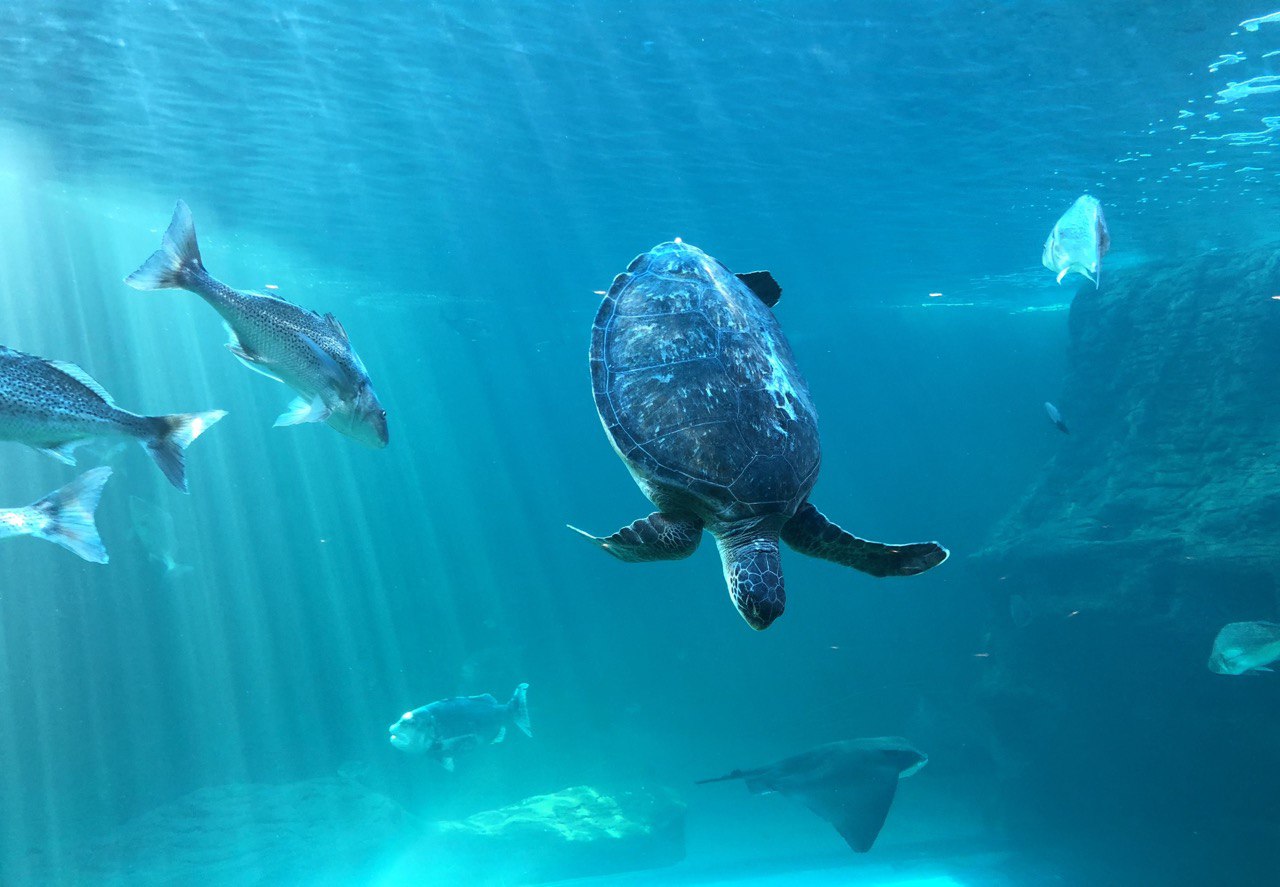
If you have kids and want to see fish underwater, then the aquarium is your friend. The Two Oceans Aquariumis in the Waterfront, and therefore very central. I really like aquariums, so I am always happy to go see fish swimming. You should buy tickets before, if you can. It is surrounded by a giant shopping mall, if your thing is shopping malls. You can either wander around it remarking on how the stores are the same, or are different. The Zeitz Museum of Contemporary Art Africa is a worth a visits, if nothing else to see the excellent way these old silos were repurposed to include a hotel at the top.
Castle of Good Hope | Darling St & Buitenkant St, Cape Town, 8001
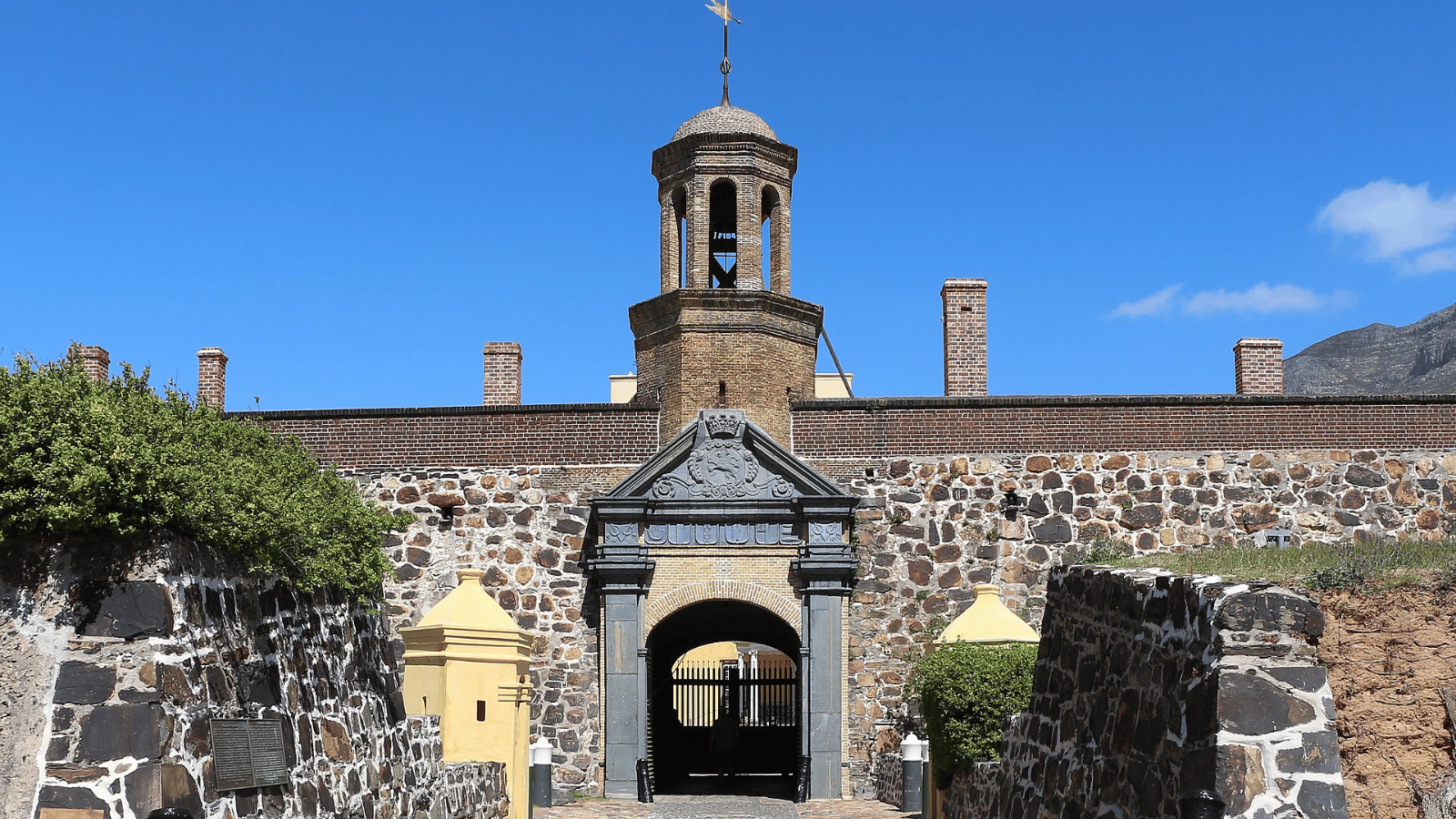
If you are truly bored, or if it’s raining and you have kids, or you watched too many vampire reboots and think castles are cool, then visit Cape Town’s very first European-built building. The Castle of Good Hope was built by the Dutch East India Company starting in 1666 (I am not making that up), on the site of the mud and wood first fort and has five stars named after long-dead people. We had to learn them by rote at school.
You can see the oldest bell in South Africa too, which was cast in Amsterdam in 1697, and marvel at its 300 kilograms. Whether you can ring it…
I was thoroughly bored when I was taken to the castle as a kid, and I doubt this seaside fort has gotten any more interesting. It does, however, have the distinction, according to its own website of being “considered the best-preserved example of a 17th-century architectural structure in the entire world”. You have been warned.


